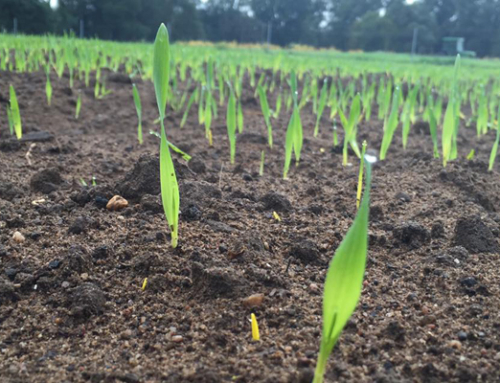Once again I’m in the realm of planning another new productive garden area and as usual I’m starting by looking at the basic concepts of productive garden design. Ticking of the crucial points of sunlight and water access, I am now focusing on the layout, with a preference for six garden beds. It does not have to six perfectly aligned garden beds, although for me personally, I’m a neat freak with a craving for order and symmetry!
I often get asked why I consistently mention the need for six garden beds. In summary, the six bed rotation system enables orderly crop rotation of the plant families whilst allowing for all the vegetables to be grown in the appropriate season.
Crop rotation is vital for organic gardens as it helps manage soil-borne pest and diseases. It works by ensuring that each plant family is rotated to a new bed each season, consequently preventing a build up of host-specific pest and disease.
Furthermore, due to the subtropical climate being conducive to pest and disease growth, a dedicated green manure crop incorporated into the rotation helps to break their cycle whilst adding invaluable organic matter and nutrients.
Finally, having the set six beds enables you to keep track of your plantings over the seasons. We practice similar rotations on a large scale on our farm, ‘Green Valley’, with crops and animals moving in rotation to break pest cycles as well as help build up the condition of the soil.
Obviously, it is not imperative you strictly adhere to the six bed rotation. However, for the more pest and disease susceptible plants, such as the Solanaceae family (tomatoes and potatoes), I would not tempt fate.
Let’s hope that the winter season sees more consistent weather that allows our gardens to flourish.





